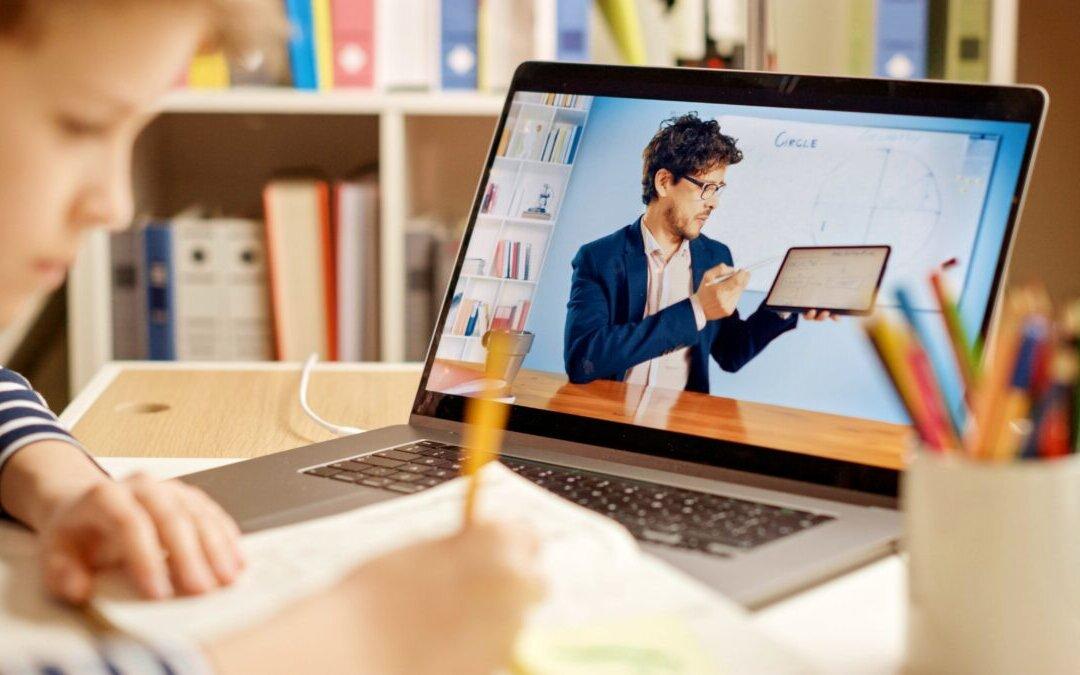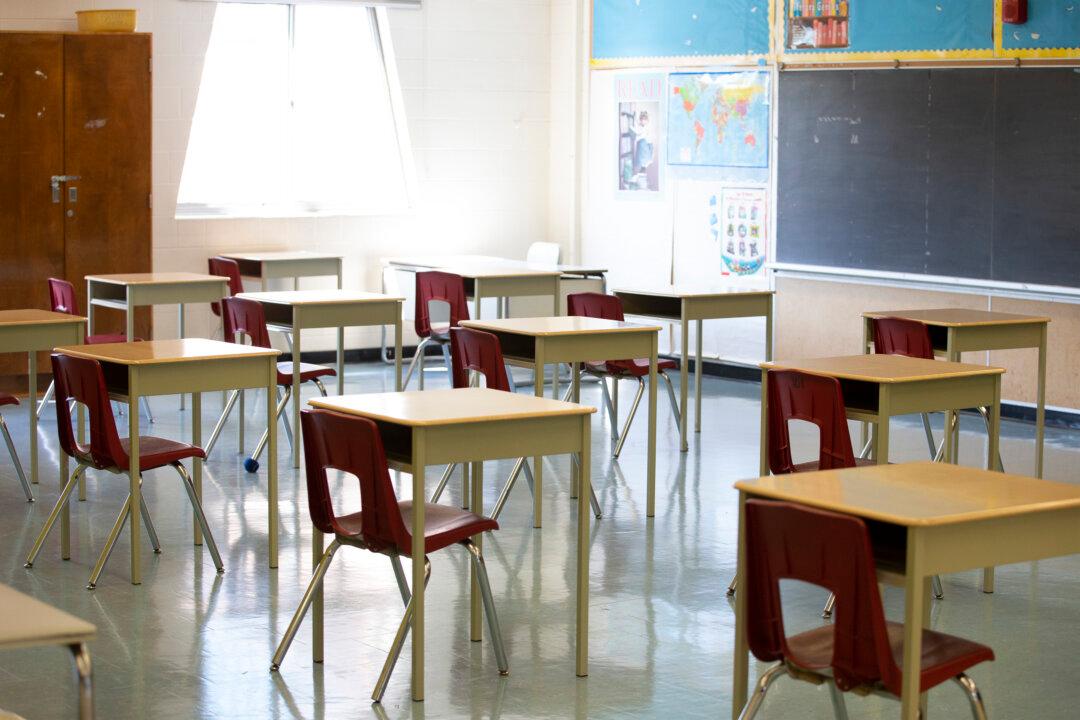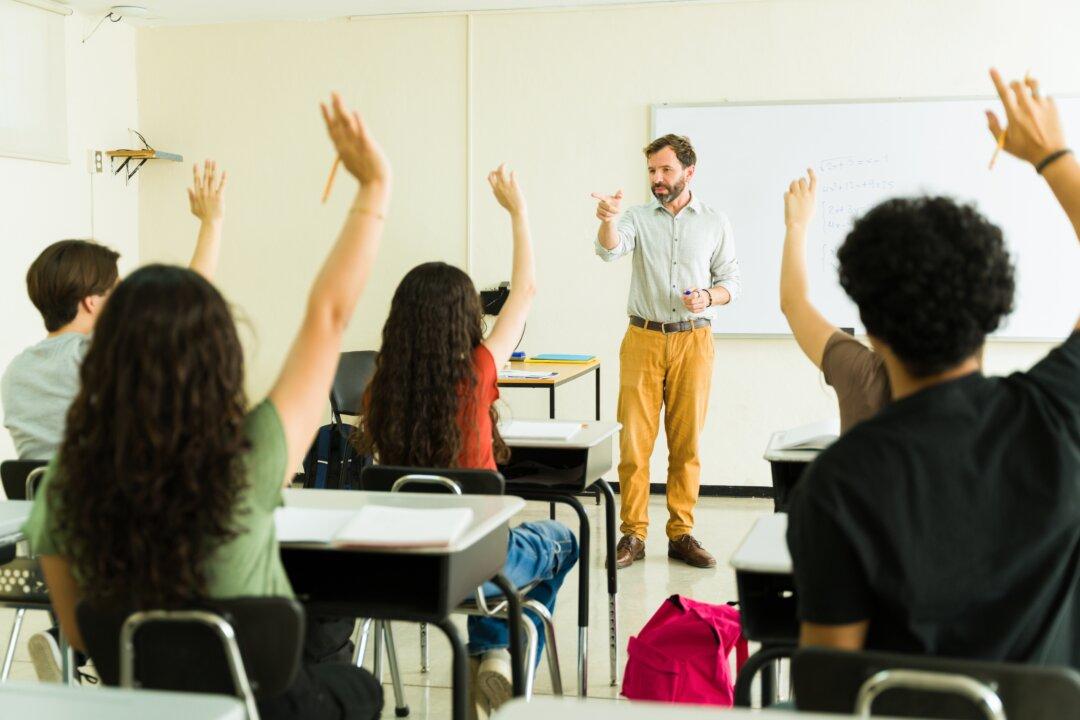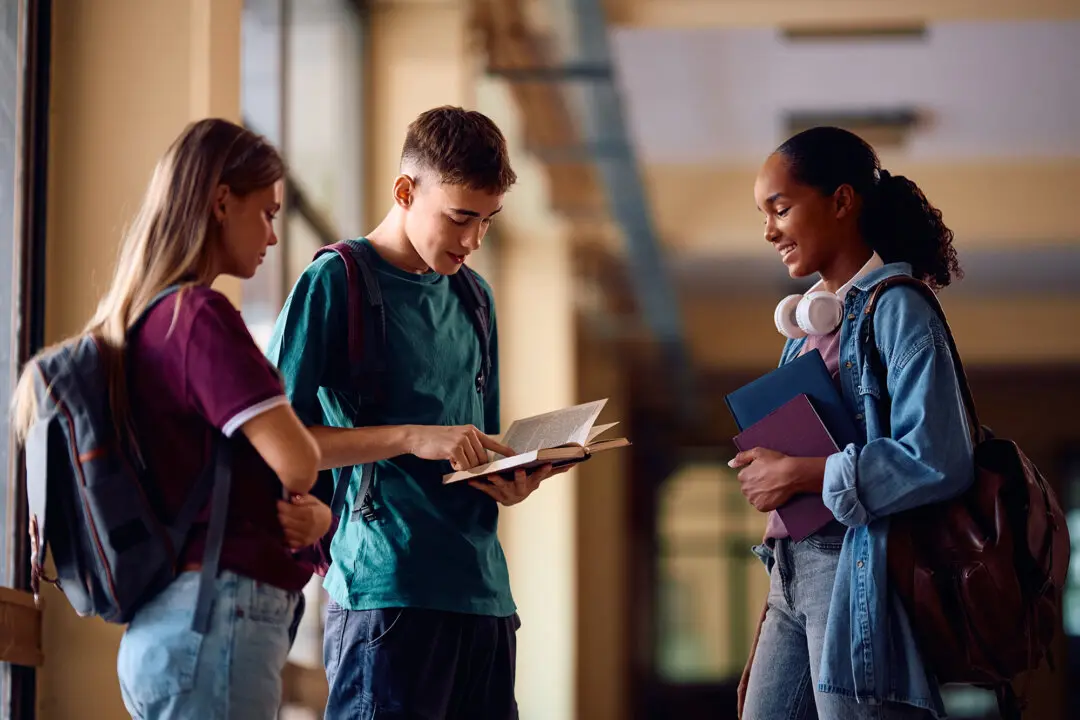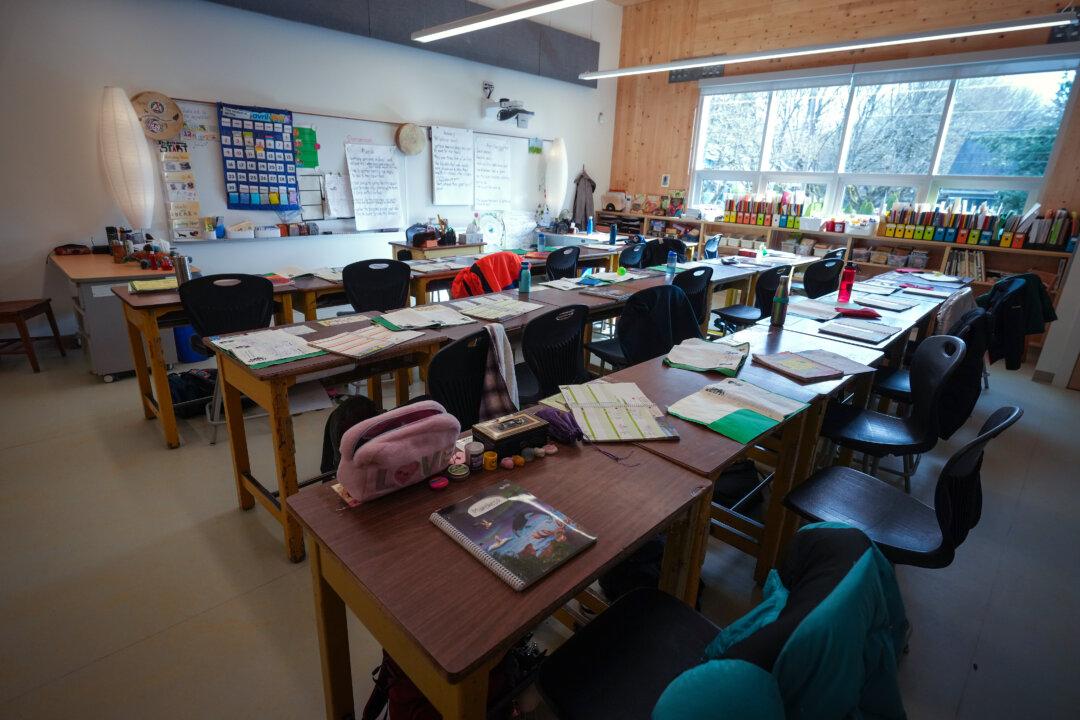Commentary
By now it is obvious that the experiment with remote learning last spring was not positive for either students or teachers. Curricular expectations were unclear, technology was inequitably distributed, and the transmission of lessons was unreliable, Of course, teachers were unprepared for the sudden transition.
